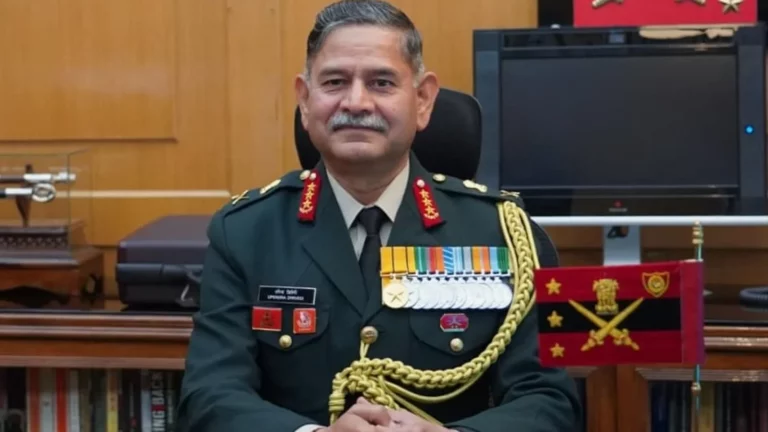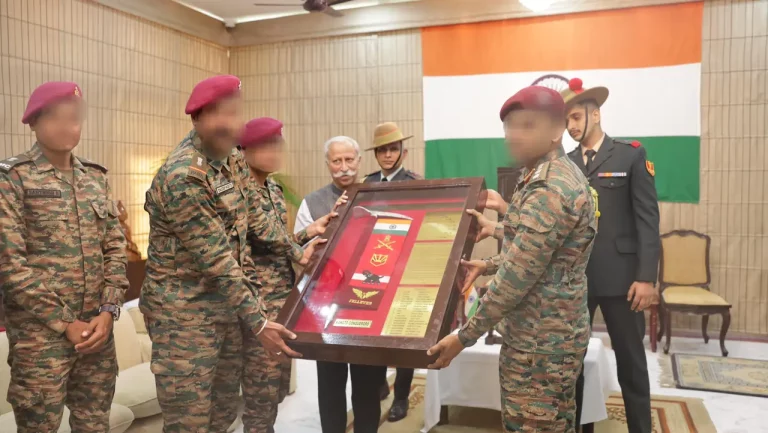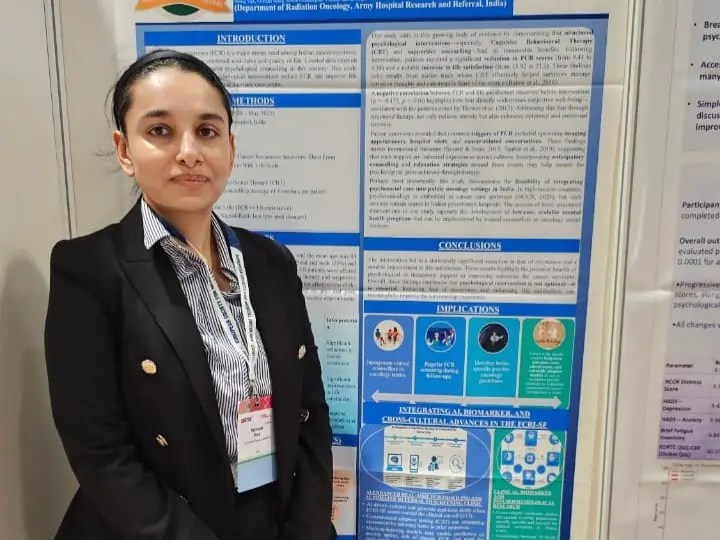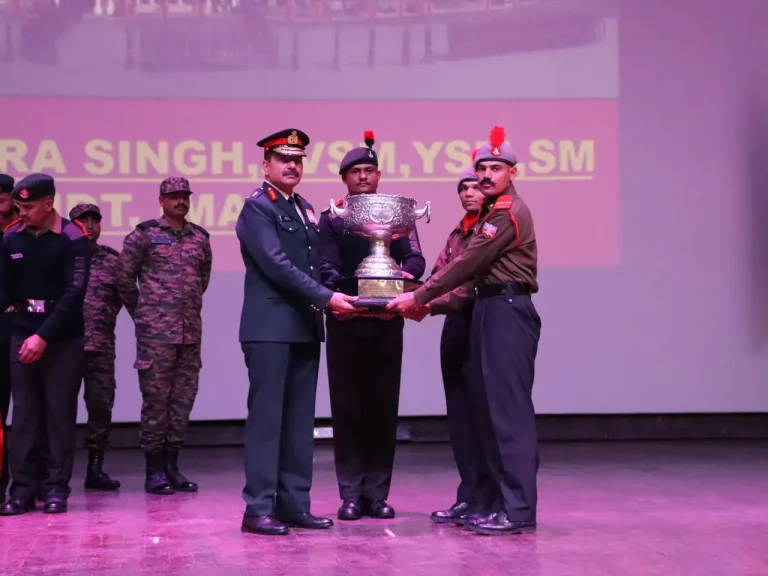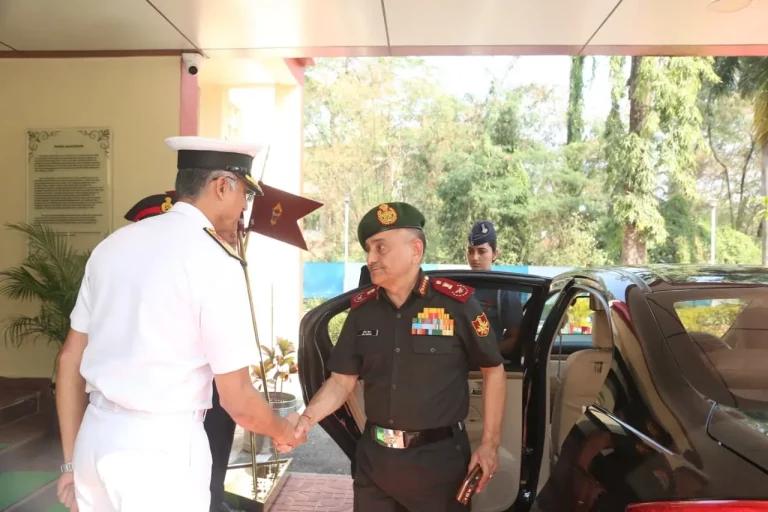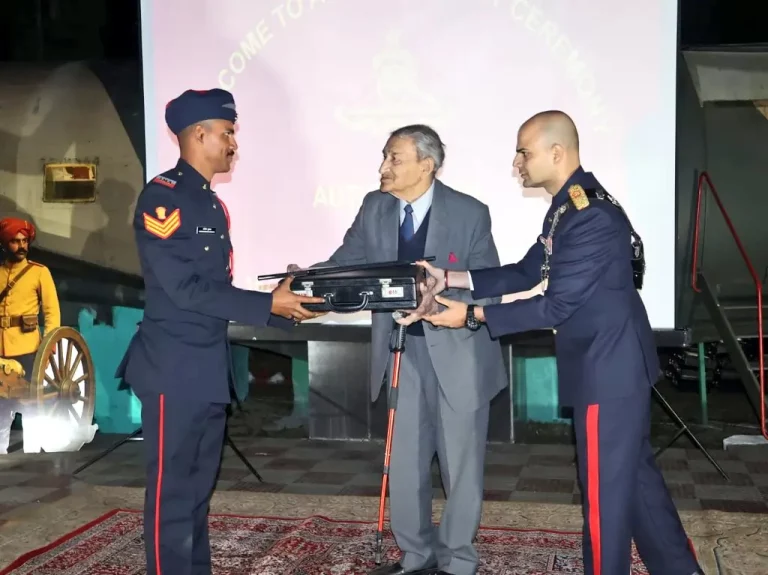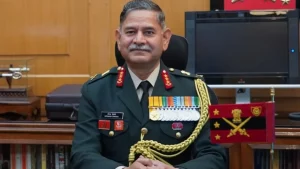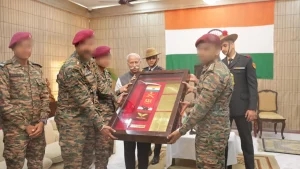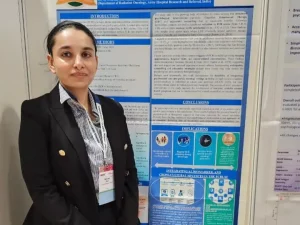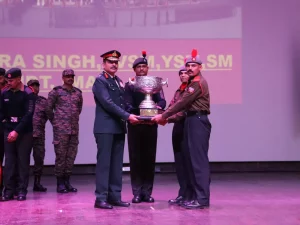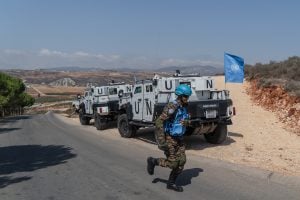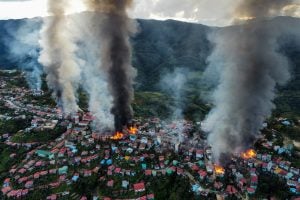In his inaugural visit as Director General of the Central Reserve Police Force (CRPF), Shri Gyanendra Pratap Singh, IPS, convened a critical strategic review meeting at Range Bijapur in Chhattisgarh. This meeting was pivotal in outlining operational strategies aimed at combating Naxalism in one of the country’s most affected regions.
The gathering featured senior officials from both the CRPF and the state police, who collaboratively focused on enhancing inter-agency coordination, effectively sharing intelligence, and implementing proactive counter-insurgency measures. Discussions during the meeting emphasized several key areas of action:
-
Joint Operations: The necessity for coordinated operations between the CRPF and the Chhattisgarh Police was highlighted as a means to achieve better dominance over the affected areas and to facilitate intelligence-driven actions.
-
Upgraded Tactical Approaches: There was a consensus on the need to evolve tactical and surveillance strategies to effectively disrupt the movement and influence of Naxal groups. This includes adapting to the changing dynamics of insurgency in the region.
-
Technological Advancements: The meeting underscored the critical role of technology in counter-insurgency efforts. Increased utilization of Unmanned Aerial Vehicles (UAVs) and satellite mapping techniques was deemed essential for tracking insurgent activities and ensuring quicker responses.
- Community Engagement: Recognizing the importance of local support, the discussions advocated for boosting community outreach programs and civic action initiatives. This strategy aims to address local grievances and foster positive relations between the security forces and the communities affected by Naxalism.
Bijapur, recognized as one of the most Naxal-impacted regions, continues to require not only sustained security measures but also a concerted focus on development-driven initiatives to alleviate the root causes of unrest. Under the leadership of DG G.P. Singh, the CRPF is committed to intensifying operational efforts while maintaining local engagement, with the ultimate goal of fostering long-term peace and stability in areas marked by Left-Wing Extremism (LWE).


